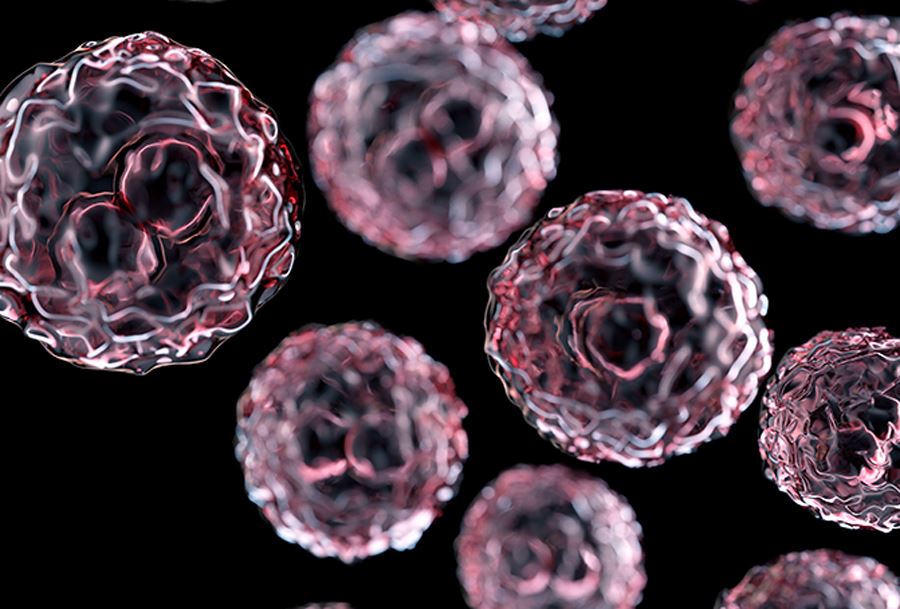Nanomaterials
Nanomaterials have increasingly been incorporated into consumer products, although there is varying and insufficient knowledge about their effects on health and environment. They can enter the body through the lungs, gastro-intestinal tract or skin into the circulatory and lymphatic systems and from there onto other tissues and organs.

Due to their small size to volume ratio, nanoparticles are usually more reactive and have different properties compared to the same material without nanoscale features. This may be a potential risk for the environment and human health. Therefore, Nordic Ecolabelling uses the precautionary principle and limits the use of potentially hazardous nanomaterials.
How does the Nordic Swan Ecolabel contribute?
The requirements for the Nordic Swan Ecolabel restrict the use of nanomaterials. They are only permitted in products if:
- The safety is considered satisfactory for both the user and the environment.
- There is no release of nanoparticles throughout the life cycle of a product, including the waste and reuse phase, and other methods/materials are not available.
- The use of nanomaterials has environmental benefits and does not cause negative environmental or health effects in any part of the life cycle.
Definition of nanomaterials
Within the EU, two definitions of nanomaterial exist. The definitions are used where relevant in Nordic Swan Ecolabel criteria:
- The European Commission has proposed a general definition (2022/C 229/01): “A nanomaterial is a natural, incidental or manufactured material consisting of solid particles that are present, either on their own or as identifiable constituent particles in aggregates or agglomerates, and where 50 % or more of these particles in the number-based size distribution fulfil at least one of the following conditions:
(a) one or more external dimensions of the particle are in the size range 1 nm to 100 nm;
(b) the particle has an elongated shape, such as a rod, fibre or tube, where two external dimensions are smaller than 1 nm and the other dimension is larger than 100 nm;
(c) the particle has a plate-like shape, where one external dimension is smaller than 1 nm and the other dimensions are larger than 100 nm.” - The EU regulation on Cosmetic Products (1223/2009) from 2009 has a specific definition: “’Nanomaterial’ means an insoluble or biopersistent and intentionally manufactured material with one or more external dimensions, or an internal structure, on the scale from 1 to 100 nm.”
Environmental background
Nanomaterials are a diverse group of materials under the size of 100 nm, which can have altered properties compared to their bulk counterparts. Different sizes, shapes, surface modifications and coatings can also change their physical and chemical properties, which complicates the risk assessment. There is concern among regulators, scientists, environmental organisations and others about the insufficient scientific knowledge regarding the potential detrimental effects on health and the environment (see reference section).
Nanomaterials can cause increased or unwanted effects in humans or the environment since nano particles can cross biological membranes and thus be taken up by cells and organs. One of the main concerns are linked to free nanoparticles, as some of these – when inhaled – can reach deep into the lungs, where the uptake into the blood is more likely. Inhalation studies in rats have shown that nanoparticles may induce more irreversible inflammation and result in more tumours than an equal mass of larger particles. Studies of cells and fish and other aquatic organisms have shown that nano particles can cause cell death, oxidative stress (cell damage caused by free radicals), DNA damage, apoptosis (cell death) and inflammatory reactions.
Although concerns about nanomaterials have emerged over the last 30 years, not all nanomaterials are new. Most nanomaterials on the market today have either been in use for decades, or are more recently enginereed nanoforms of previously existing materials. For example, nanoparticles of carbon black and amorphous silica (SiO2) have been used for the last century. Titanium dioxide (TiO2), has long been used as a colourant in the bulk form, but is now manufactured as nanomaterial for other purposes. In the future, other types of engineered nanomaterials are expected to come onto the market.